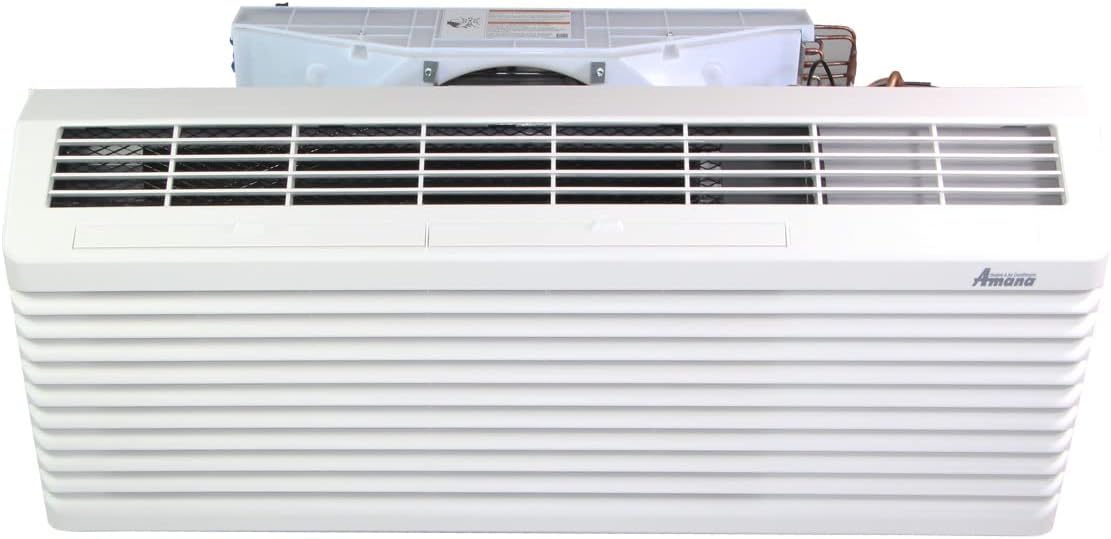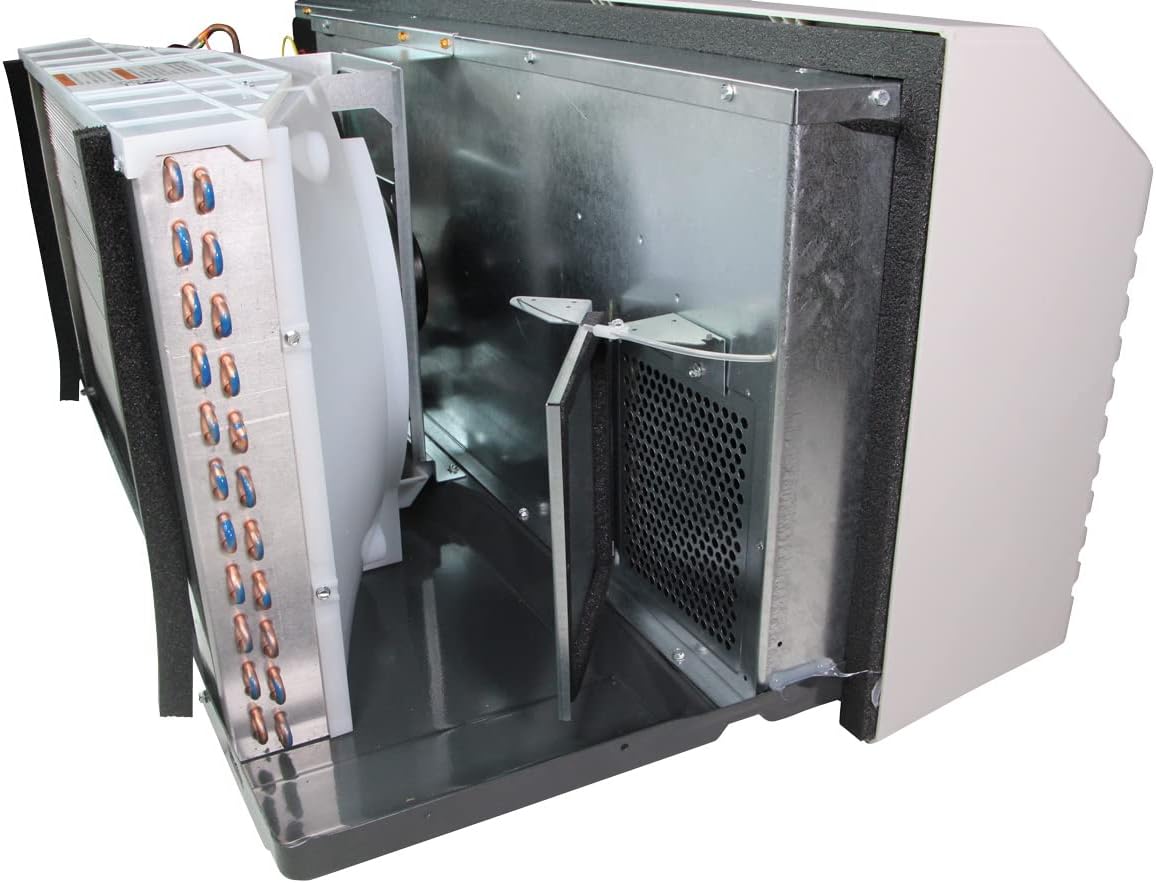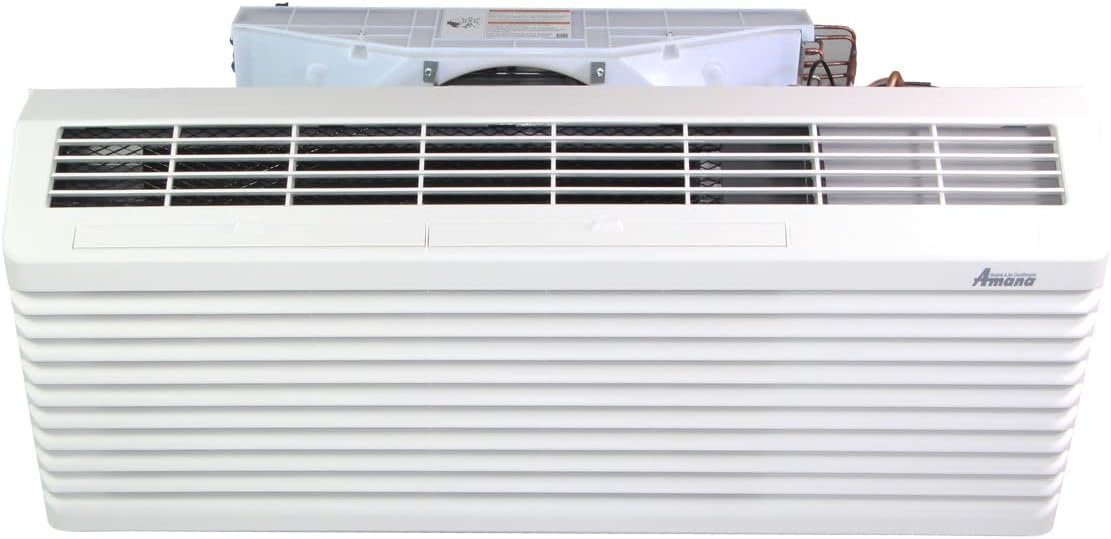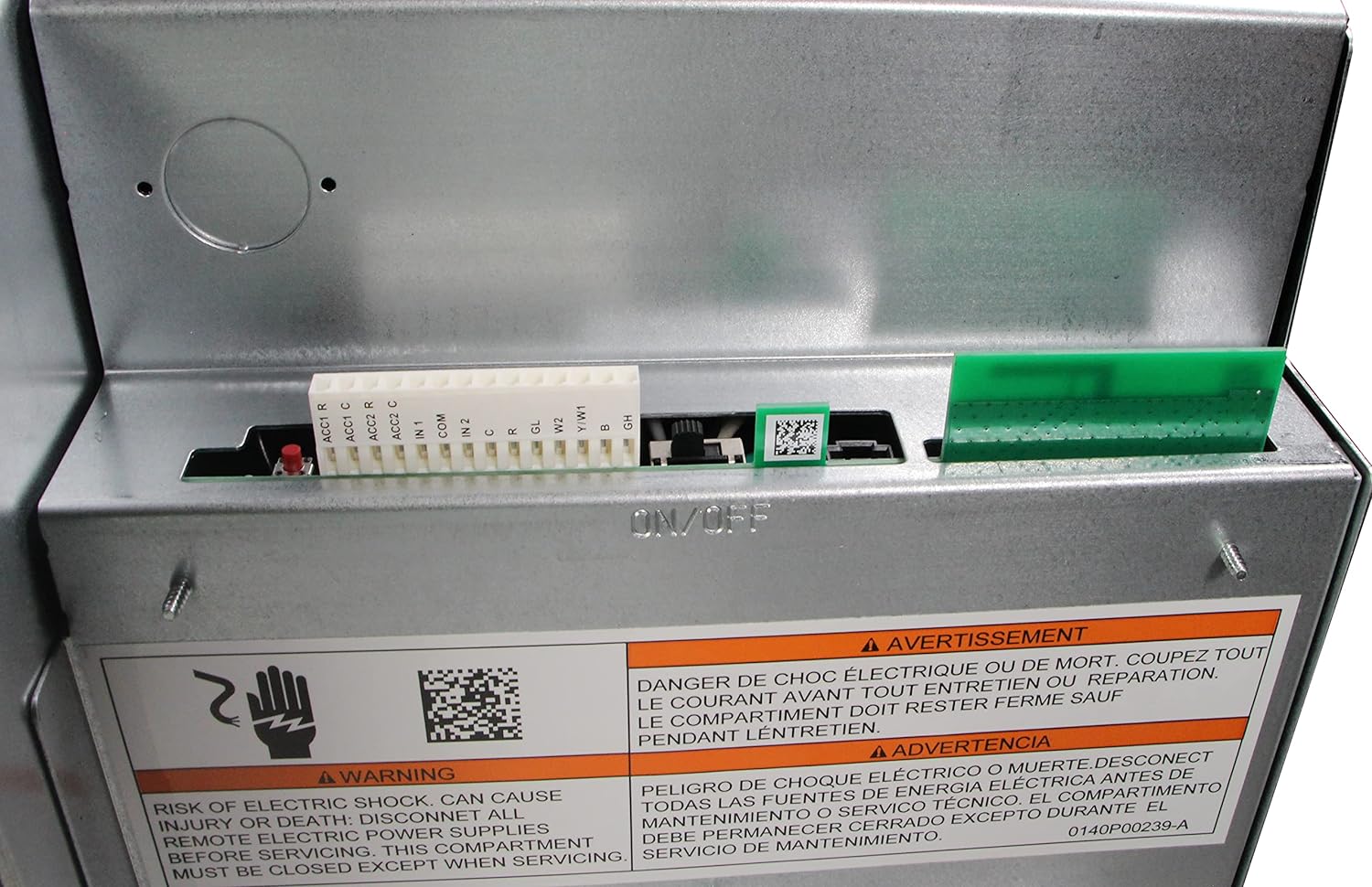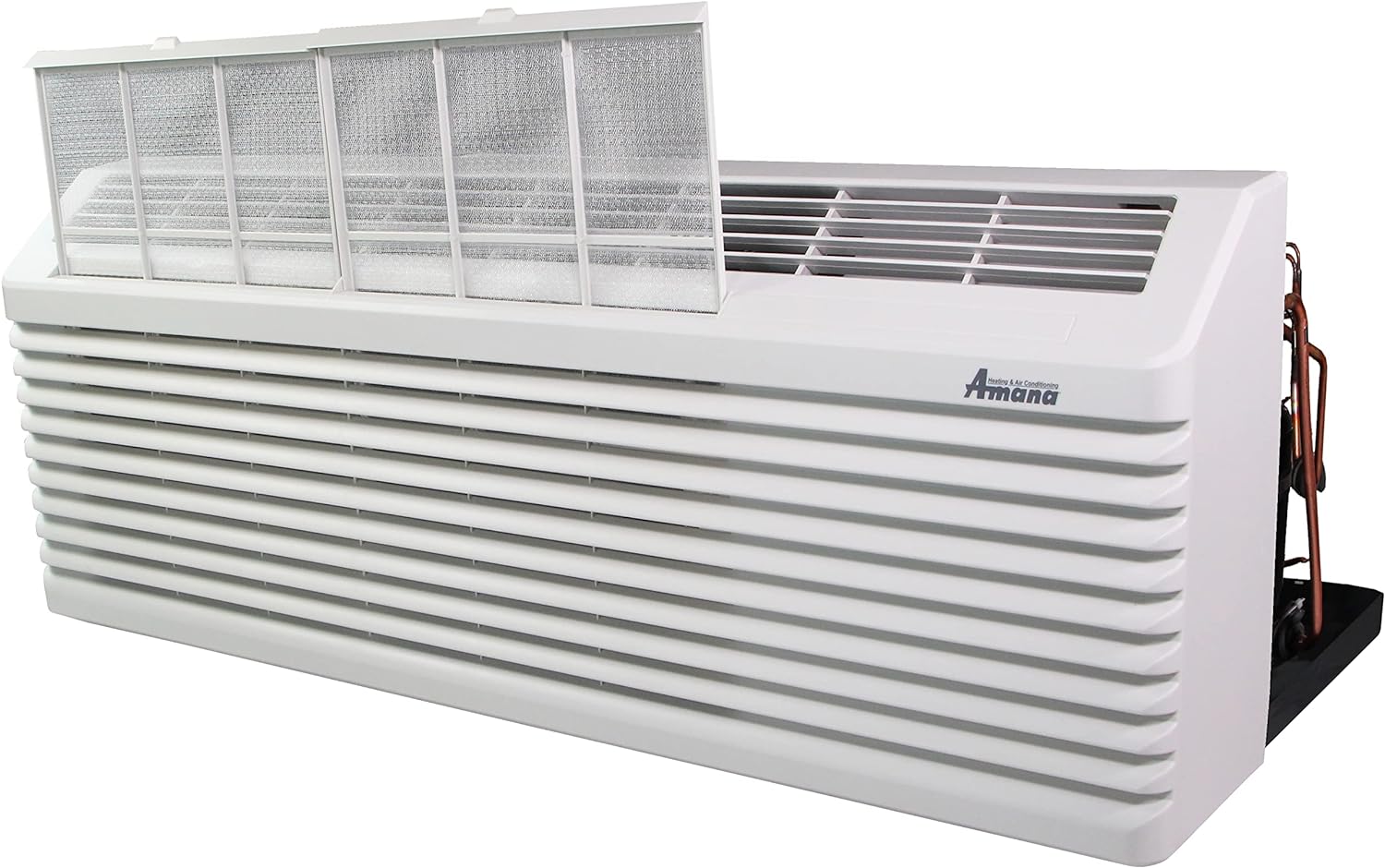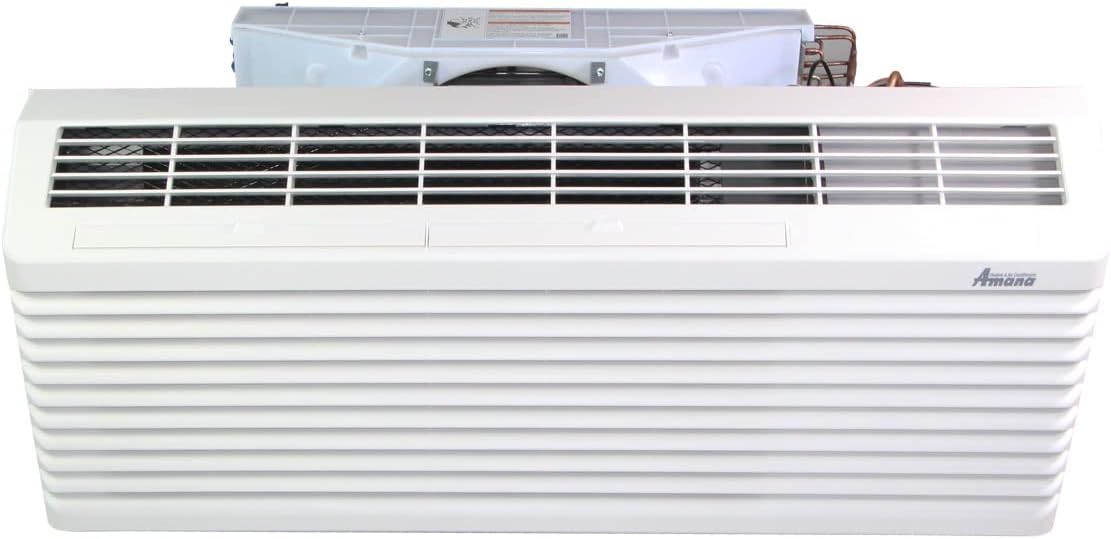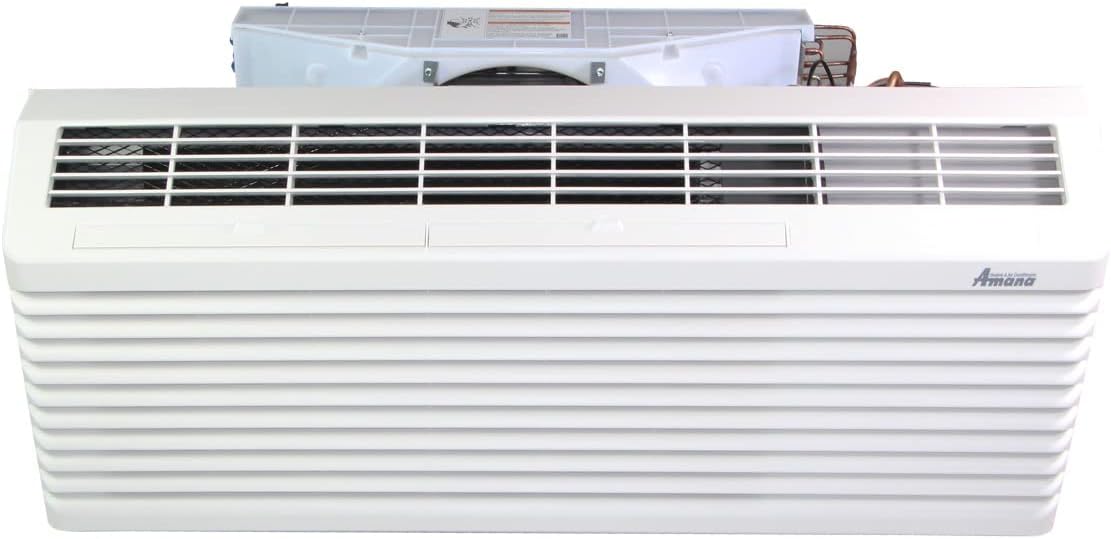
Best 17,000 BTUS PTAC Air Conditioner Units
3 products
Showing 1 - 3 of 3 products
17,000 BTU PTAC Air Conditioner Units: High-Capacity Climate Control for Large Spaces
A 17,000 BTU Packaged Terminal Air Conditioner (PTAC) unit is a powerful and energy-efficient solution designed for hotels, apartments, healthcare facilities, and office spaces that require reliable climate control. These self-contained, through-the-wall air conditioning systems provide independent heating and cooling, making them an ideal choice for properties seeking cost-effective, long-term HVAC solutions.
Energy Efficiency and Cost Savings
A high-efficiency PTAC system not only provides superior cooling but also helps lower energy costs. Modern PTAC units with advanced refrigerant technology improve performance while minimizing power consumption. The U.S. Department of Energy’s HVAC energy efficiency guide explains how selecting high-EER PTAC models can significantly reduce electricity expenses for commercial and residential buildings.
Incorporating heat pump technology in PTAC units further enhances energy efficiency, allowing for cost-effective heating and cooling. The Energy Star guide on heat pumps provides valuable insights into how heat pump PTAC units operate more efficiently compared to electric resistance heating models, making them a sustainable choice for year-round comfort.
Quiet and Reliable Climate Control
For hospitality, healthcare, and multi-family residential applications, a low-noise PTAC air conditioner is essential for ensuring a comfortable and peaceful environment. High-quality models feature sound-dampening insulation, dual-fan motors, and vibration-reducing designs to minimize operational noise. If you're looking for a high-performance yet quiet PTAC unit, check out Consumer Reports’ guide to the best air conditioners for expert recommendations on quiet and efficient HVAC systems.
Heating Capabilities for Year-Round Comfort
Many 17,000 BTU PTAC air conditioners include built-in heating options, such as electric resistance heating or energy-efficient heat pumps. Heat pumps provide more energy-efficient heating by transferring heat rather than generating it, reducing heating expenses in colder months. A great example of an efficient PTAC with electric heat is the Amana 17,000 BTU PTAC with 5 kW Electric Heater, which ensures consistent heating and cooling in larger commercial and residential spaces.
Long-Term Maintenance and Durability
To ensure a PTAC unit operates efficiently for years, regular maintenance is essential. Features like washable air filters, corrosion-resistant coils, and self-diagnostic control panels simplify upkeep and extend the unit’s lifespan. According to ASHRAE (American Society of Heating, Refrigerating and Air-Conditioning Engineers) HVAC maintenance guidelines provide detailed best practices for extending the lifespan of PTAC systems.
Conclusion
A 17,000 BTU PTAC air conditioner is a top choice for large spaces, providing energy-efficient cooling, reliable heating, and quiet operation. Whether used in hotels, office buildings, healthcare facilities, or apartments, these units offer cost-effective climate control solutions. By selecting a high-efficiency PTAC system and following recommended maintenance practices, property owners can achieve optimal indoor comfort while reducing energy costs.
For those looking to invest in a premium PTAC system, referring to trusted industry resources such as Energy Star, ASHRAE, and Consumer Report will ensure a well-informed purchase decision.
